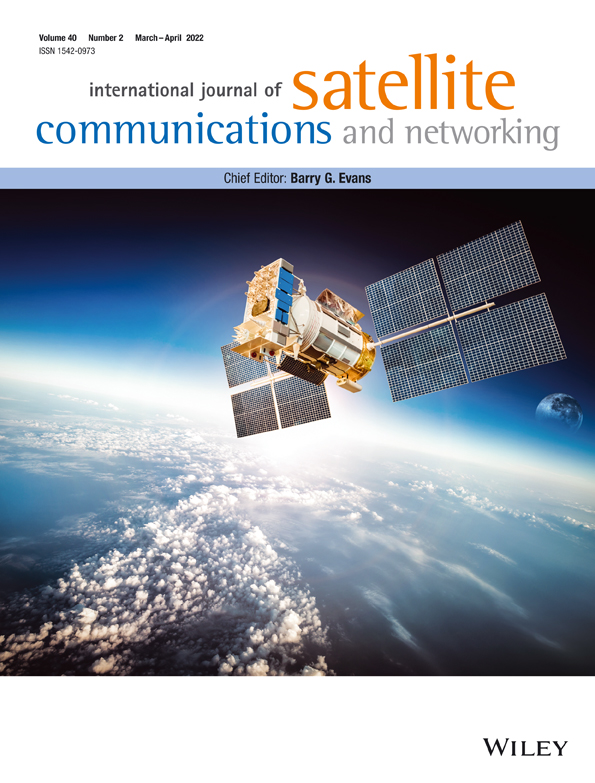Hybrid threshold combining and maximum ratio combining model for satellite communication over composite Rayleigh and Rician fading channel
Summary
Communication through satellite is of great task and importance especially in the world of telecommunication infrastructure. It plays a leading role for future communication systems. However, the performance of the satellite communication system is dominated by the channel conditions overwhelmed by multipath fading and ionospheric scintillation effects. Maximum ratio combining (MRC) previously used to tackle this problem is characterized with hardware complexity resulted in long processing time, while threshold combining (TC) with simple hardware display poor performance. Thus, evaluation of hybrid TC-MRC, with closed-form expression over composite Rayleigh and Rician fading channel is necessary. In this paper, TC and MRC are combined to improve the signal quality and performance. The data are modulated using M-ary quadrature amplitude modulation and transmitted over the combined effects. The received signals at varying paths are scanned to select the best paths. A mathematical expression using the probability density function of composite Rayleigh and Rician fading channel for mean integrated square error (MISE) is derived. The model is efficiently simulated and the performance is estimated. The results show that the hybrid TC-MRC model achieves lower MISE and processing time compared to threshold combiner and even maximum ratio combiner, and thereby enhance the performance of the satellite communication system.
CONFLICT OF INTEREST
The authors declare no conflict of interest. The founding sponsors had no role in the design of the study; in the collection, analyses, or interpretation of data; in the writing of the manuscript; and in the decision to publish the results.
Open Research
DATA AVAILABILITY STATEMENT
Some or all data, models, or code generated or used during the study are available from the corresponding author by request.




